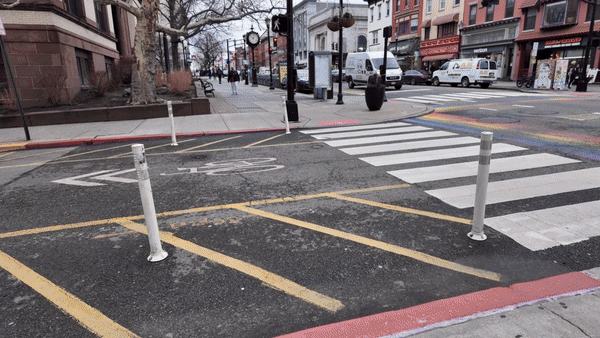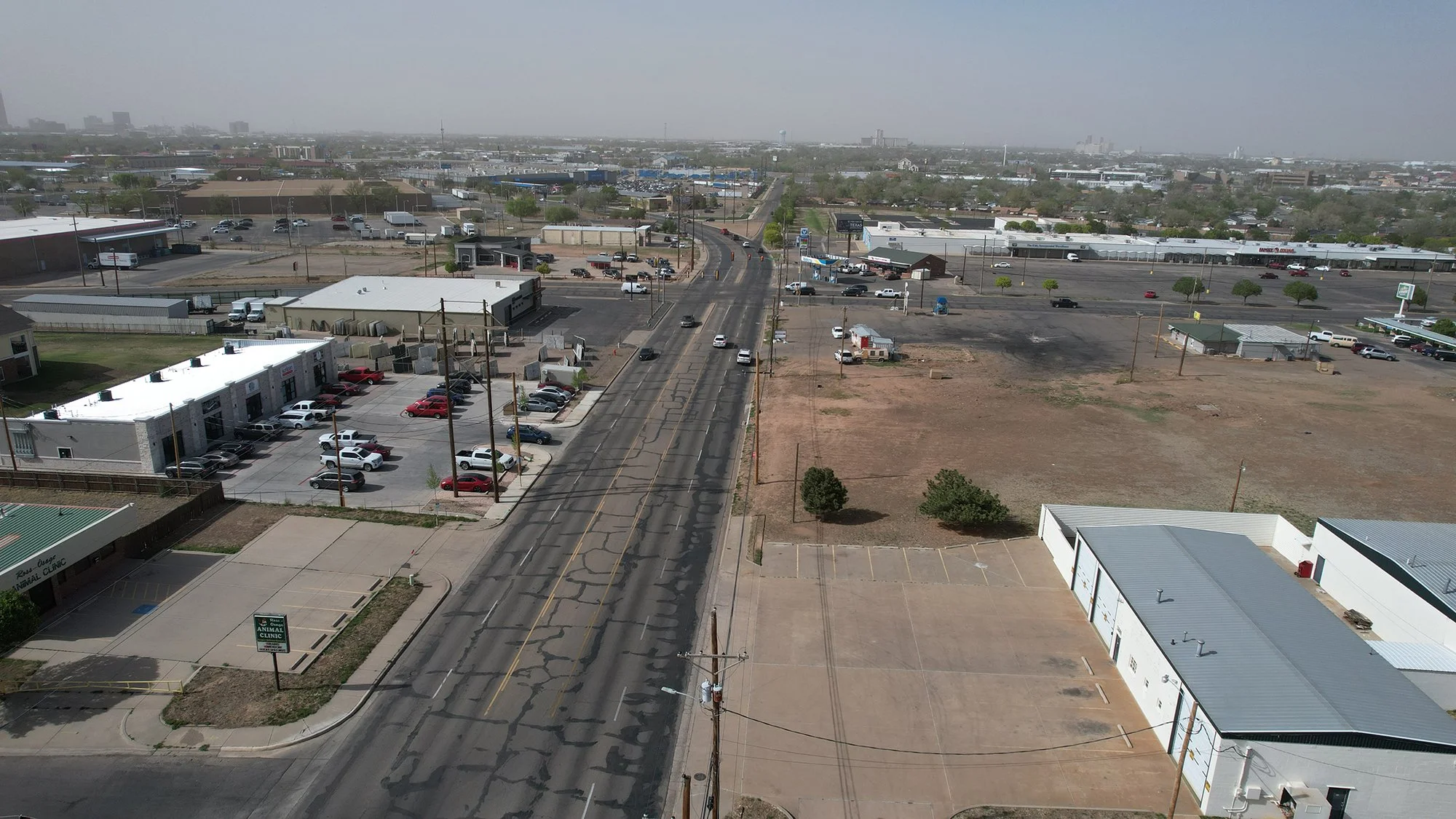A Japanese study is the first to quantitatively measure the economic impact of tactical urbanism. Spoiler alert: it’s good for business.
Read MoreSafety practices and education are vital for children, but when that education is focused solely on personal responsibility and is enforced through shame, it can do more harm than good. Personal responsibility can only go so far: For streets to truly be safe, changes to the transportation system itself are needed.
Read MoreNorth American road infrastructure signals to drivers that there shouldn’t be nondrivers in an area, so they fail to see the people who are actually there. This increases the risk of collisions and prevents reform. If cities are to have safer streets, they need to start seeing the people who use them.
Read MoreBeing a member of the Strong Towns movement isn’t just about increasing your knowledge of city planning and what your town can do better. It’s also about allowing that knowledge to affect your own behavior. No change is cheaper than behaving in a way that helps everyone get home safely
Read MoreBeing an advocate for safer, more resilient cities means going up against big obstacles and decades of momentum. It can seem overwhelming, but change is already happening across North America. Here’s how local heroes are making their cities stronger.
Read MoreHoboken, NJ, has gained fame online for its safe streets. But does this urbanist’s paradise live up to the hype, in person? We sent Strong Towns Staff Writer Asia Mieleszko to do some on-the-ground investigating to find out.
Read MoreIf a roof is leaking in a public building, we know to fix it asap. So why don’t our public officials move with the same urgency when dealing with a much more serious problem: the death of a person on our streets?
Read MoreWe need to rethink how we talk about car accidents involving pedestrians. Pedestrians are seen as obstacles for drivers who are often driving too fast and are too distracted along roads that are all too wide.
Read MoreHow do we explain a situation where people are routinely killed—in the same location—and nothing is done?
Read MoreThe reconstruction of this Toronto street highlights the problem with "standards."
Read MoreThe culmination of a 24-year process, these new guidelines promise to make American towns and cities safer and more predictable for users of all abilities.
Read MoreOttawa’s “jaywalking” campaign is putting pedestrians in an impossible catch-22.
Read MoreBuses are great, but not if the surrounding infrastructure doesn’t support people getting to their bus stop on foot.
Read MoreAn advocacy group was able to respond immediately to make this intersection in San Francisco safer, following a deadly crash—so why can’t the city do the same?
Read MoreWhy does walking feel so intuitive when we’re in a city built before cars, yet as soon as we return home, walking feels like an unpleasant chore that immediately drives us into a car?
Read MoreAlthough hundreds of states and local governments have adopted Complete Streets policies, American streets keep getting more dangerous for walkers and cyclists. What's missing from Complete Streets policies?
Read MoreA mother’s death near a Sacramento school spurs fellow parents to step up and push for safety improvements to the stroad she lost her life on.
Read MoreEarlier this year, a man was killed in a car crash while crossing the street in Amarillo, TX. The driver didn’t see him—and when you look at his surroundings, it’s not hard to understand why.
Read MoreBaltimore is reclaiming an urban landscape that has been made inhospitable by cars—using art!
Read MoreIn her mission to reduce traffic fatalities and injuries, Ellen Zavisca (transportation planner and Crash Analysis Studio panelist) asks herself, “We’ve got the data. Now what?”
Read More



















